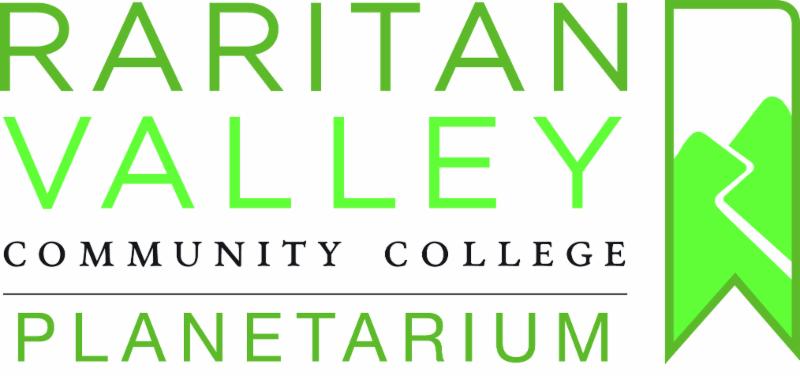We miss you, too! Our galleries are dark and our planetarium is quiet. But we're still here for you virtually. The Planetarium and Observatory will be closed temporarily. For information and guidance about Covid-19 as it relates to RVCC, click here. Keep looking up at those lovely skies! Your friends at RVCC Planetarium Visit our Website
 Hello Summer! Hello Summer!
The Summer Solstice is on June 20 at 5:44 pm EDT. At that time, the northern hemisphere is leaning at its greatest angle towards the Sun. Every place from the Arctic Circle to the North Pole has 24 hours of daylight. In New Jersey, we see the Sun reach 72 degrees above our horizon at noon. It doesn't pass directly overhead in New Jersey. At local noon, which is about 1 pm EDT, you'll see that you still have a shadow on the ground. If you want to see your shadow disappear at noon, you'll need to go to the Tropic of Cancer, 23 and a half degrees north of the Equator. If you want to see what your December Solstice noontime shadow looks like, to compare them, you can either wait six months, or go outside again around 6 pm EDT this week. At that time, the Sun will be around 26 degrees above the horizon. That's the maximum height for the Sun on the first day of Winter!
 Watch at Home! Watch at Home!
We've linked to over a dozen planetarium shows on our website for you to enjoy at home. You can learn about stars and planets, mythology stories, flight, and even the weather! 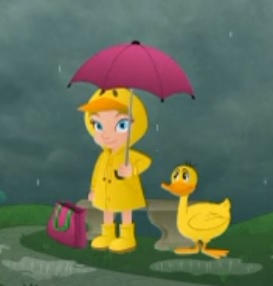 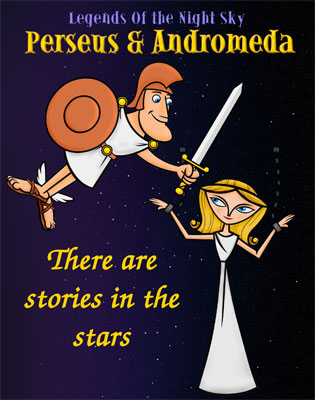
Explore the Universe with RVCC Watch our YouTube channel for weekly updates on what's visible in the sky as well as activities you can do at home. We've put together a list of some of our favorite astronomy websites. This is by no means a complete list of what's out there, just some of the ones that we go to regularly. Join our Facebook Group for regular posts about activities, virtual tours, satellite passes that you can see in the real sky, and more!
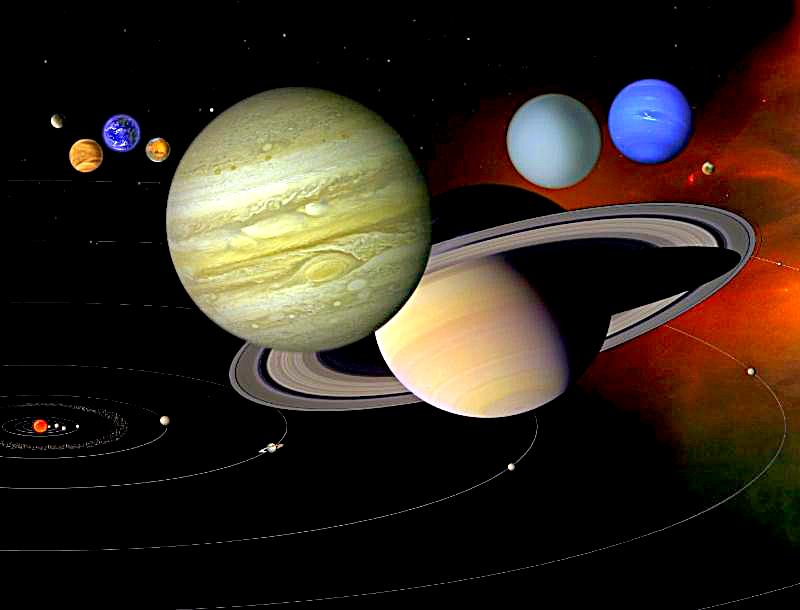 Virtual Field Trips Virtual Field Trips
Teachers and Summer Camp Directors, contact us for ideas about virtual field trips for your students and campers. Live and recorded options are available. These programs are available for all ages (4 - adult), unless otherwise noted. - Our Solar System
- Tonight's Sky: stars and constellation
- Patterns in the Sky: The Sun observe rising and setting positions through the year Patterns in the Sky: Moon Phases
- To the Moon and Back: Begin with a story about the Moon, then watch the Moon change in our virtual sky, and pretend to be astronauts who can travel there. (for PreK-Gr 2)

Virtual Summer Classes for Kids and Teens Build a robot. Design a website. Learn to sew. Learn Astronomy. Prepare for a standardized test. Raritan Valley Community College offers kids & teens classes in a safe and enriching environment for your children to learn and develop their mental and physical abilities. Virtual Summer Classes
The Sky in June Mercury is at inferior conjunction, between the Earth and Sun, on June 30. It is not visible in our skies at this time. Jupiter and Saturn rise in the southeast less than an hour after sunset on June 30th. Jupiter is far brighter at magnitude -2.6. Saturn shines at a respectable magnitude 0.3. These two giant planets are slowly moving apart from each other in our sky until late August. Then they will start moving back towards each other for a historic conjunction in December. Mars is easily visible in the southeast at dawn. Venus has moved from being the evening "star" that it was for months to a morning "star." It's still in the twilight of dawn, but take on the challenge to find it around 4:30 a.m. low in the northeast sky. The Summer Solstice is on Saturday, June 20, at 5:44 pm EDT. Summer officially begins in the northern hemisphere.
Moon Phases in June and July | 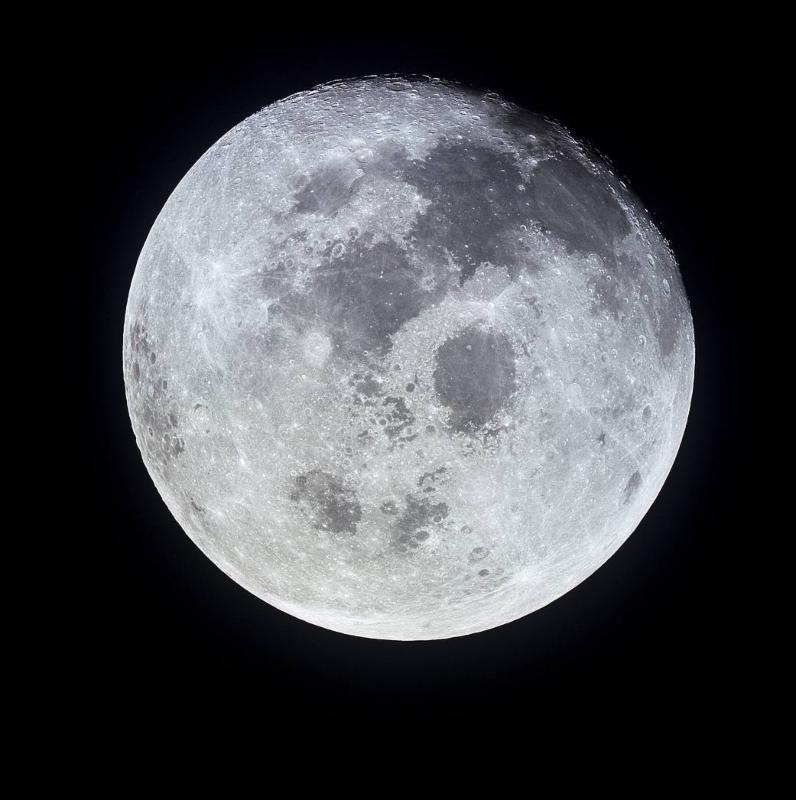 New Moon June 21 - annular eclipse visible in parts of Africa and Asia New Moon June 21 - annular eclipse visible in parts of Africa and Asia
First Quarter June 28 Full Moon July 5 - very slight and dim penumbral eclipse Last Quarter July 12 New Moon July 20
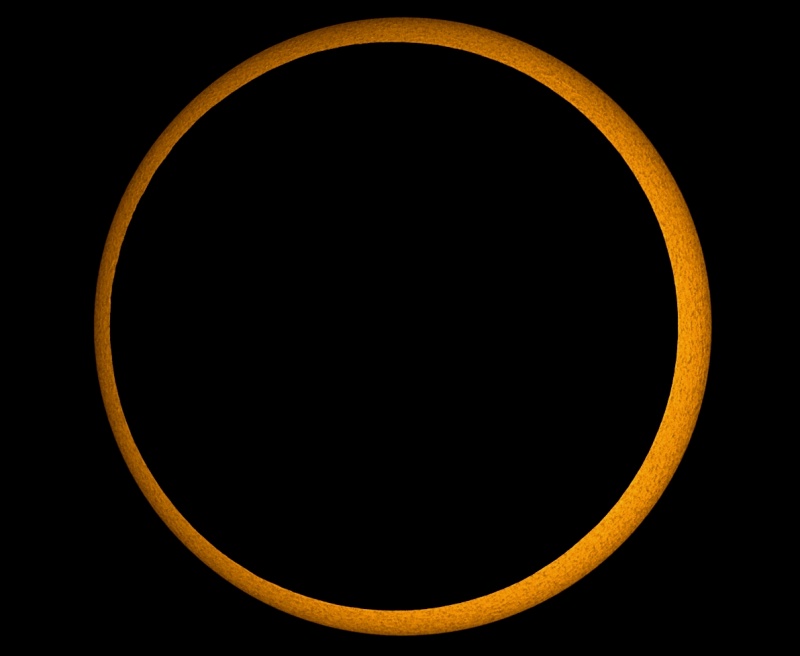
|
| 